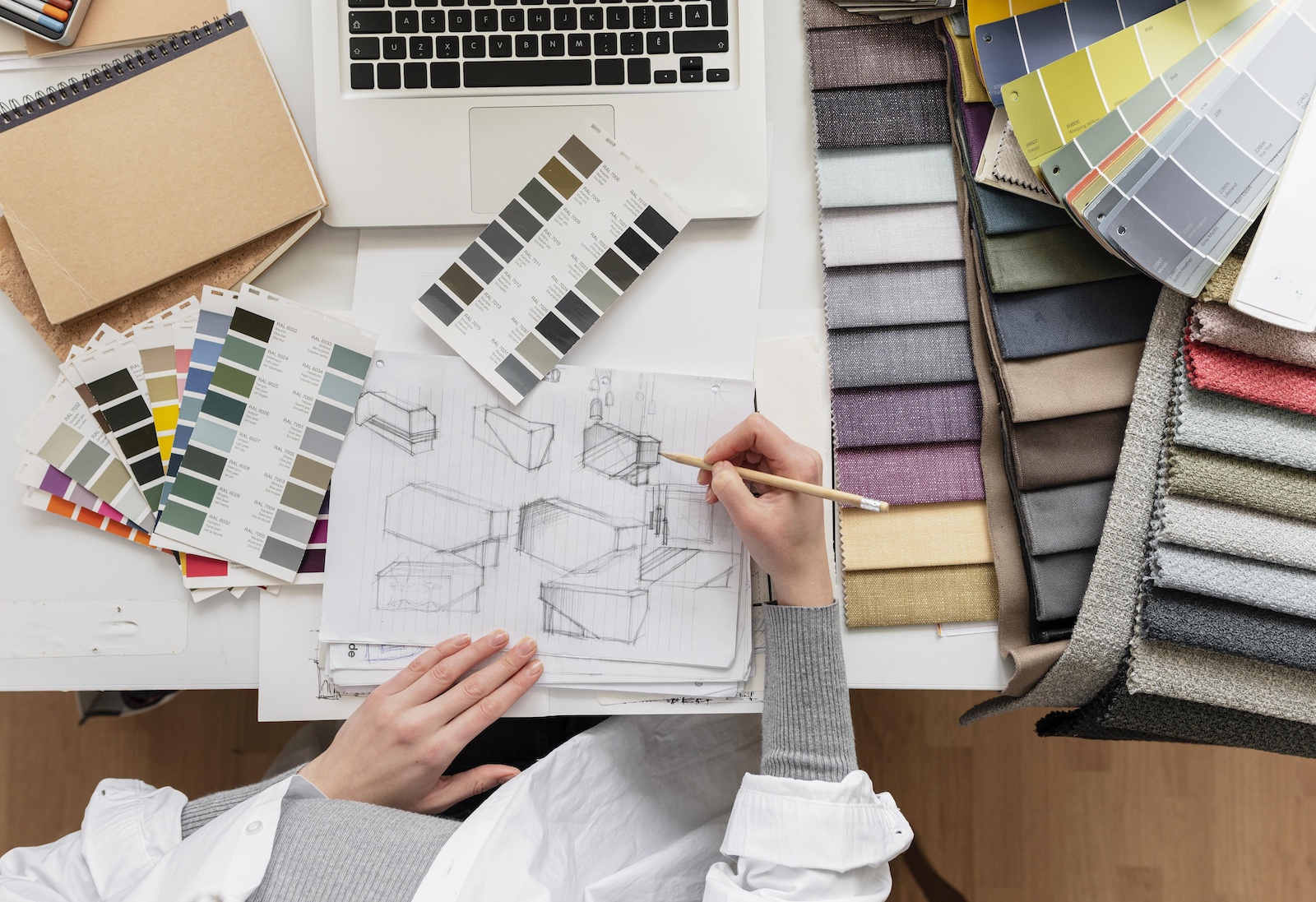
10 Sustainable Furniture Trends Every Direct-to-Consumer Brand Should Embrace Right Now
10 sustainable furniture trends every direct-to-consumer brand should embrace right now
Sustainability isn't just a buzzword—it's a vital consideration for modern consumers and brands alike. Direct-to-consumer (D2C) furniture brands must keep up with these evolving expectations. Here are ten sustainable furniture trends worth adopting.

1. Renewable materials
Using renewable materials like bamboo and FSC-certified wood is a primary step toward sustainability. These materials are not only eco-friendly but also durable and stylish.
2. Upcycling and recycling
Furniture made from upcycled or recycled materials reduces waste and gives products a unique, storied character. Think reclaimed wood tables or chairs made from recycled plastics.
3. Modular design
Modular furniture designs are versatile and reduce the need for multiple pieces. These designs allow customers to rearrange sections or add components as needed, minimizing waste and promoting longer product lifecycles.
4. Minimalist aesthetics
By focusing on minimalist designs, brands can create pieces that remain timeless and versatile. Elegantly simple furniture avoids obsolescence and reduces the consumption of short-lived, trend-driven items.
5. Non-toxic finishes
Using non-toxic, low-VOC (volatile organic compounds) finishes ensures the health of both the environment and the people using the furniture. This trend is becoming increasingly significant in consumer purchasing decisions.
6. Local sourcing
Local sourcing of materials and production helps reduce the carbon footprint associated with transportation. It supports the local economy and ensures higher transparency in the supply chain.
If you need assistance with local sourcing, our partner Distro specializes in custom wood product manufacturing and distribution. Learn more about Distro's capabilities here.
7. Lifelong durability
Producing furniture built to last reduces the need for frequent replacements. Brands should focus on quality craftsmanship and offer warranties to underline the durability of their products.
8. Multi-functionality
Multi-functional furniture—like a sofa that converts into a bed or a coffee table with storage compartments—maximizes space and utility, reducing the need for additional pieces.
9. Circular economy practices
Adopting circular economy practices, such as take-back programs, repairs, and recycling initiatives, contributes to sustainability. This approach extends the lifecycle of products and minimizes waste.

10. Smart technology integration
Integrating smart technology can improve the sustainability of furniture by allowing for adaptive use and energy efficiency. Features like built-in charging ports or smart storage solutions enhance usability while promoting eco-friendly living.
For more innovative ideas, Distro offers a free AI furniture design generator that aligns with sustainable practices.
Conclusion
Embracing these sustainable trends can help D2C furniture brands meet consumer demands and contribute positively to the environment. From renewable materials to smart designs, there's no shortage of ways to make furniture eco-friendly and appealing.
If you’re interested in sourcing sustainable materials or need custom manufacturing solutions, contact Distro for a consultation. For immediate quotes on your next project, visit our quote page.
By integrating these features, your brand can stand out in the competitive D2C market while prioritizing sustainability.
Related Post: Boost Etsy Sales with Custom Home Decor: A Seller


Ready to get started?
Request a quote so we can start making your products on demand.
Request a quote
Have questions? Contact us →


